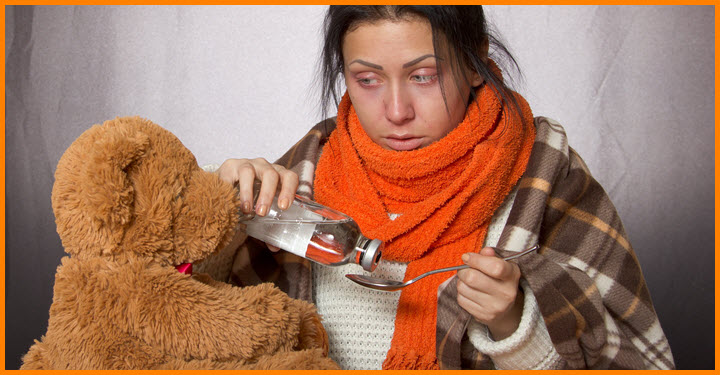Japanese Study Shows That This Vitamin Really Works

According to a study done by doctors in Japan, the risk of getting the flu can be reduced by 50% just by taking vitamin D. When you consider that vaccines only target a small number of the flu types and also considering the harmful side effects of vaccines, maybe using vitamin D supplements is the wisest choice.
Also according to research in the American Journal of Clinical Nutrition. has found that Vitamin D has no significant side effects, and can be multiple times more effective than anti-viral drugs or vaccines.
But did you know that at least 100,000 Americans are deficient in vitamin D.
Here is what Dr. Oz has to say about this problem and how to solve it.
.
Researchers have recently pinpointed the mechanism behind vitamin D3’s ability to enhance the immune system and why it is so critical to our health.[9,10]
- Vitamin D is not a vitamin, but a steroid hormone precursor, which has profound effects on innate immunity.
- The amount of vitamin D in most food and nearly all multivitamins is literally inconsequential.
- The correct daily dose of vitamin D for adults is approximately 5,000 IU/day, not the 200 to 600 IU recommended by the Institute of Medicine, the National Institutes of Medicine and the FDA.
- The only blood test to determine vitamin D adequacy is a 25-hydroxy-vitamin D, not the 1,25-di-hydroxy-vitamin D test many physicians now order.
- Healthy vitamin D blood levels are between 70 and 90 ng/ml, levels obtained by fewer than 5% of Americans.
- The mechanism of action of vitamin D in infection, dramatically increasing the body’s production of broad-spectrum natural antibiotics (antimicrobial peptides or AMP), suggests pharmaceutical doses of vitamin D (1,000 IU per pound of body weight per day for several days) will effectively treat not only influenza and the common cold, but help treat a host of other seasonal infections, including meningitis, septicemia, and pneumonia, in both children and adults.
For more studies and backup about vitamin D go to this source article.
The featured image came from pixabay.com.
